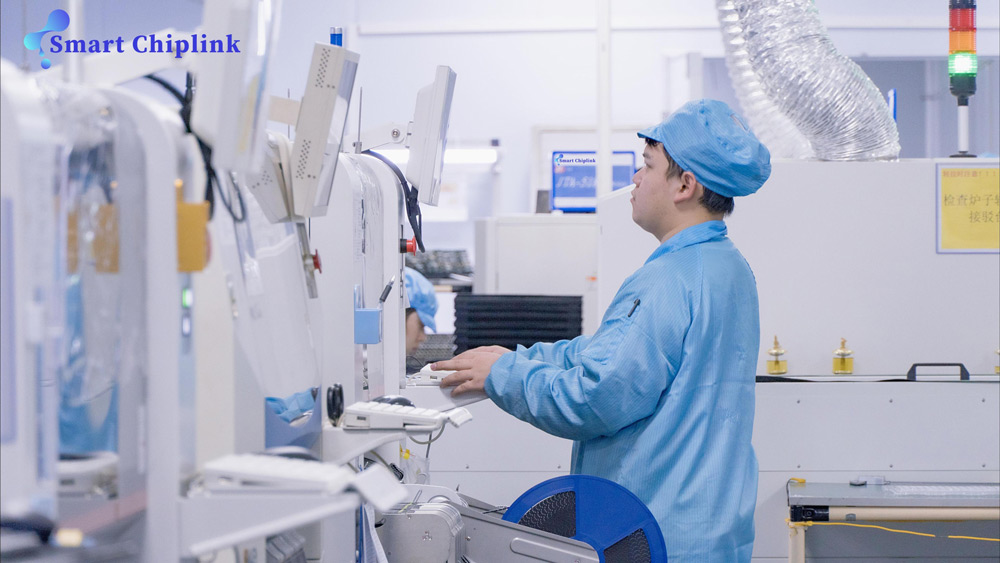PCB assembly is a crucial process in modern electronics manufacturing, responsible for transforming bare circuit boards into fully functional electronic devices. Whether it’s for consumer electronics, medical equipment, automotive systems, or industrial applications, PCB assembly plays a key role in ensuring reliable and efficient electronic performance.
In this article, we will explore what PCB assembly is, the different assembly techniques, the importance of quality control, and key considerations when choosing a PCB assembly manufacturer.
Understanding PCB Assembly
PCB assembly is the process of mounting and soldering electronic components onto a bare PCB to create a functional circuit. This differs from PCB manufacturing, which involves fabricating the physical board itself. The assembly process typically includes:
Component Placement – Surface-mounted or through-hole components are positioned on the board.
Soldering – Components are affixed using solder paste and reflow or wave soldering techniques.
Inspection & Testing – Assembled boards undergo rigorous quality checks to ensure functionality and durability.
PCB Assembly Techniques
There are two primary methods for PCB assembly:
Surface Mount Technology (SMT) – This method places components directly onto the board’s surface using solder paste and reflow soldering. SMT is widely used for compact, high-speed electronic circuits.
Through-Hole Technology (THT) – Components with wire leads are inserted into holes on the PCB and soldered using wave soldering or manual techniques. THT is preferred for applications requiring strong mechanical connections.
Many advanced PCB manufacturers combine both SMT and THT in a hybrid assembly process to optimize performance.
Why Quality Control is Essential in PCB Assembly
Defective PCB assemblies can lead to malfunctions, safety hazards, and increased costs. To prevent this, leading manufacturers implement:
Automated Optical Inspection (AOI) – Uses high-resolution cameras to detect misaligned or missing components.
X-ray Inspection – Ensures the integrity of solder joints, especially for hidden connections.
Functional Testing (FCT) – Simulates real-world conditions to verify circuit functionality before final deployment.
Adhering to industry standards such as ISO 9001, IPC-A-610, and RoHS compliance further guarantees product reliability.
Choosing the Right PCB Assembly Manufacturer
Selecting a trusted PCB assembly partner is crucial for product success. Factors to consider include:
Manufacturing Capabilities – Advanced facilities with automated SMT lines and high-precision soldering.
Material Sourcing – Reliable procurement of high-quality components to prevent counterfeiting.
Production Scalability – Ability to handle prototyping, small-batch production, and mass manufacturing.
Cost & Lead Time – Competitive pricing with fast turnaround to meet project deadlines.
Final Thoughts
PCB assembly is the foundation of modern electronics, enabling the production of smartphones, medical devices, industrial automation systems, and more. Understanding the process, technologies, and quality control measures helps businesses and engineers choose the best solutions for their projects.
For those looking for a reliable PCB assembly manufacturer, selecting an experienced and well-equipped provider ensures high-quality, durable, and cost-effective electronic products.

 English
English




